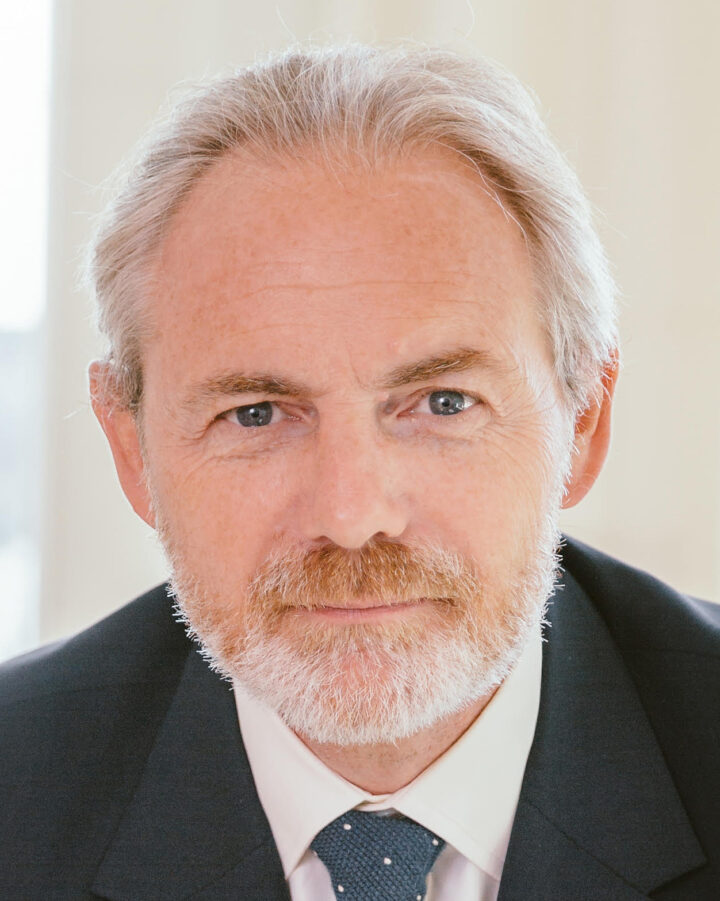
SOCIAL DATA
WITH PASSION
We track updates from millions of online sources like news, blogs, forums, reviews, and the dark web, delivering them via easily integrated APIs.
3 million news articles per day
We supply over 3 million news articles per day from 170,000 active sources in over 100 countries. This will provide you with the local news you need, as well as global stories.


10 million forum posts per day
The 9,000 forums we cover globally provide you with 10 million forum posts per day. This keeps you up-to-date with the discussions happening in the major online forums.
Leader in global blog data
As the leader in global blog data, we monitor 3 million active blogs. Due to the high turnover in the blogosphere, we add over 3,000 new active blogs every day.


Attract more customers with customer reviews
Customer reviews are key to unlocking valuable insights into their brand's perception. With our cutting-edge Reviews API, you'll have access to over 15 million online reviews every month from all corners of the world.
Unique insight into the Dark Web
We provide over 16 million posts, articles, and documents per month in our Dark Web Search API, offering you the most comprehensive solution for dark web data.

Companies that have chosen Twingly




This is Twingly
The latest Twingly articles

“Our customers’ biggest concern in cybersecurity is all the new regulations and how to stay on top of them”

“The use of AI in investment activities is the holy grail”

